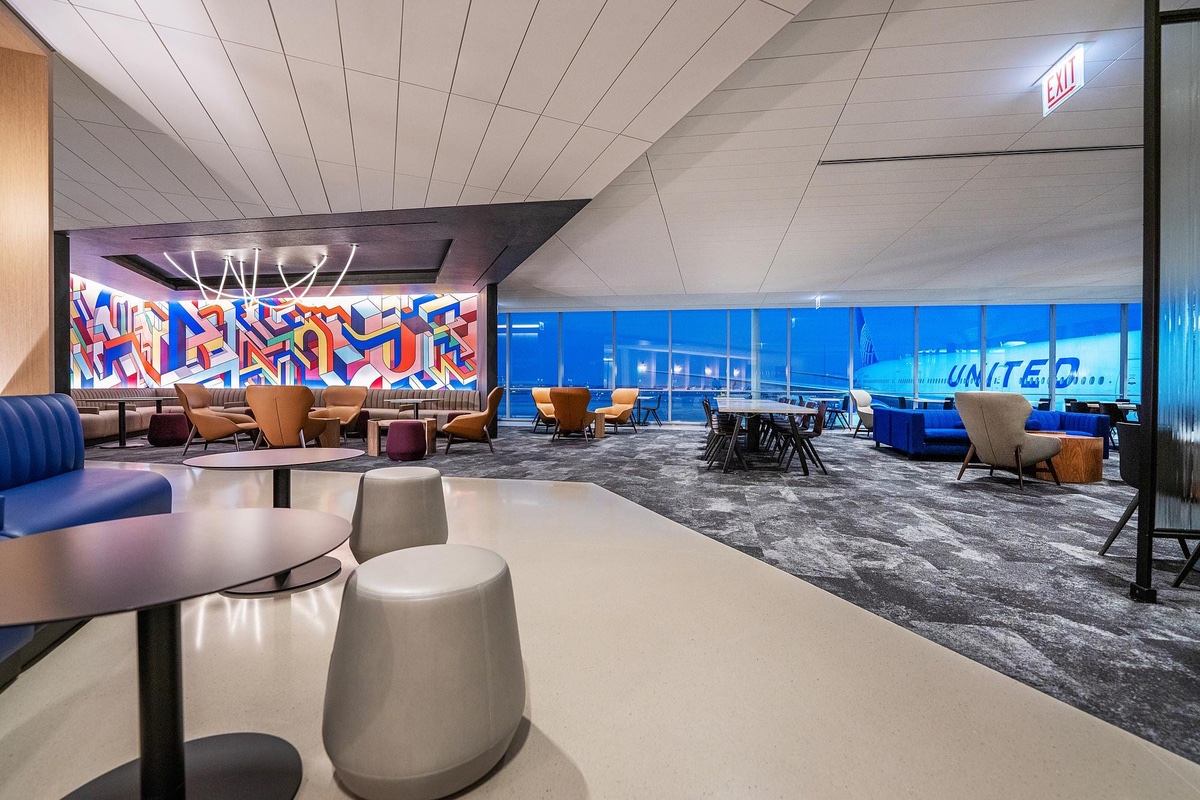Tour Operators Up Offerings for Solo Travelers

Skift Take
The numbers show solo travel is expected to increase in the year ahead while tour operators push to provide enhanced flexibility for single travelers, many of whom take trips in small groups.
Travel search engine Kayak's data shows searches for single-traveler flights are 36 percent higher for 2023 travel than in 2022. While a survey by Skyscanner, a Kayak rival, indicates one in two travelers (54 percent) are considering escaping solo in 2023, with 65 percent choosing to go their own way because family and friends don't share their travel interests.
Divorcees (78 percent) ranked among the highest in the Skyscanner survey in their readiness to embark on a solo vacation in 2023, and look set to establish a new trend of travelers who are "solo and self-focused."
However, mental health wellness is another driver in the solo travel boom, according to Skyscanner. Taking time for themselves is top of mind, with 71 percent of U.S. travelers citing a solo travel trip as important in this regard. And "four to six days is deemed the perfect duration," the survey found.
Spending More But Averse to Single Supplements
The desire for experiences tailored to their own wants and needs, together with the fluidity to change plans at a whim, is seeing solo travelers spending more on travel, too.
TravelInsurance.com data detailed that solo travelers spent more on a vacation than the per person cost of a multi-traveler trip – with an average of $2,600 per trip for a solo traveler versus $2,200 per person for a multi-traveler trip. The company's spend data was for travel undertaken in 2022, including purchases made in 2021 for the next year.
Solo travelers are also more likely to take extended trips, "with an average trip length of 19 days versus multi-traveler trips, with an average of 13 days," the company found.
Kimberly Stirdivant Wason, who oversees destination and distribution partnerships for TourRadar, a tour operator with many solo travel itineraries, said the platform is attractive to solo travelers because of its commitment to price transparency. Single supplements can add 20 percent to the overall cost.
"TourRadar highlights the total prices early, sharing the group cancellation in case of a group tour, and the room types available to them," Wason said.
Wason added that agents find the platform beneficial because it offers thousands of tours with no single supplements.
Flexibility Nets Repeat Bookings
WeRoad, a small group tours company, is seeing solo travelers gravitate to its flexible model, with a 65 percent repeat booking rate, the company claimed.
Volunteer travel coordinators, who have not visited the destination, run some of the tours, and this contributes to the flexibility.
WeRoad CEO Andrea D'Amico said the company ensures due diligence is in place but that the model of a group leader who overseas general logistics but has not visited the destination before allows for a sense of exploration and discovery that bucks the usual look and feel of a group tour.
Having little to no set itinerary with a group of 10 to 15 people might be a bit too spontaneous for some, but it seems to be working for their clientele.
"There are some fixed elements like accommodation and transport but we always leave the group free to decide part of the experience, so they don't feel boxed in," he said.
D'Amico indicated a push towards the solo traveler also wanting a more bespoke, high-end adventure. The platform is expanding its WeRoad Collections, which would have many of the hallmarks of its WeRoad 360 tours, for example, but with 5-star services and amenities.
Expanded range of trip options for travelers wanting different things
Intrepid travel president for North America Matt Berna said that while the company has always been attractive to solo travelers, there has been an uptick in demand post-pandemic. Global solo travelers increased to 43 percent customers in 2022 versus 40 percent pre-pandemic.
Some 50 percent of Intrepid's global solo travelers are women, up from 45 percent in 2019, the company said.
When it comes to new itineraries for solo travelers, Berna said Intrepid continues to develop a range of trip styles, all geared to that desired sense of independence, and offering different levels of flexibility and free time.
"While there’s always a set itinerary for the group, our Basix trips tend to have less included activities and more time to do your own thing," Berna said. "Original trips have a 50/50 balance, and our Comfort trips have more included activities."
The ideal small-group tour for solo travelers smacks of independence, flexibility, and in some cases, a desire for added luxury services and amenities. Ultimately, these operators believe they are addressing the needs of solo travelers, whether through a traditional tour framework or slight reinventions.




